Bringing remote examinations to children in schools across a populous metropolitan area
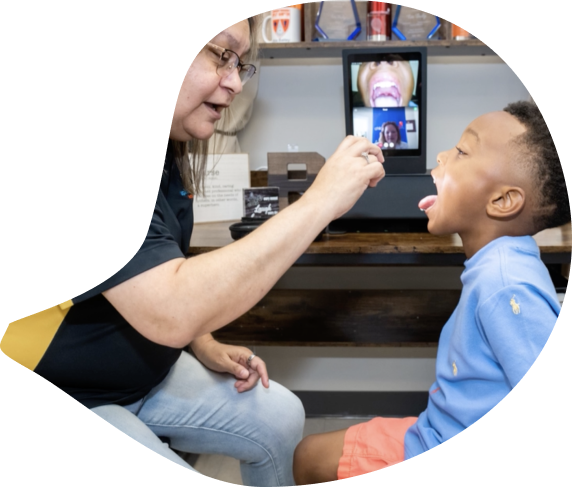

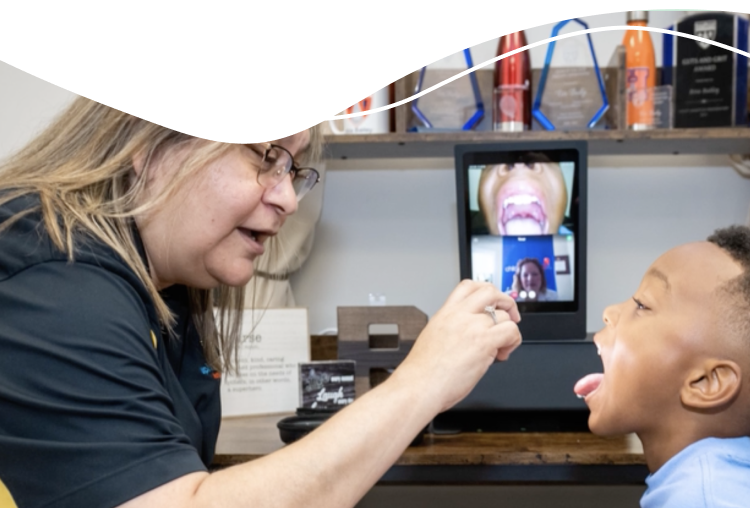
Reduce ER burden, increase access, and support the community
The health system saw several key advantages in integrating telehealth services into schools, particularly during high volume seasons. The main purpose of this was to reduce the pressure on emergency departments, which were often overwhelmed with conditions that didn’t require a trip to the ER. The county has a large population of medically underserved children, with 44% on Medicaid and 33% uninsured, that would benefit from a less resource-consuming environment than the ED.
The health system was also looking for a way to increase access to care and see more patients. Schools were an ideal setting for telehealth, having already overcome multiple barriers to access, such as geographic placement, transportation, language interpretation, timely access, education, and an established relationship of trust. By integrating telehealth into schools, the health system could ensure that children could receive better access to care for minor health issues that would otherwise interfere with their attendance.
This was viewed as a strategic decision to improve the overall availability of healthcare for children, making sure they get the care they require without having to miss out on school or forcing their parents to take time off work, as well as alleviating the burden on emergency services and interacting with new patients.


Expensive and costly telehealth carts weren’t cutting it
The size and weight of the telehealth carts posed problems in the school setting, as they were too bulky for the limited storage space often available to nursing staff. This created a logistical issue and made it difficult to move the carts around the space, which impacted their practicality and usability.
Apart from the physical limitations, the carts were also hindered by a range of technical problems that impaired their performance. Notable among these were pixelation difficulties and unreliable connections during telehealth meetings. These technical issues hampered the quality of virtual care, since clear and dependable video links are essential for efficient telehealth services.


Pro Smart Clinic for schools across the metropolis
The health system decided to work with TytoCare to roll out the Pro Smart Clinic solution to schools across the city, so that children can access healthcare just like in the clinic. The solution is designed to lower costs while maintaining a high quality of care and increasing accessibility to healthcare by giving people access to clinicians and medical-grade remote physical exams, no matter where they are.
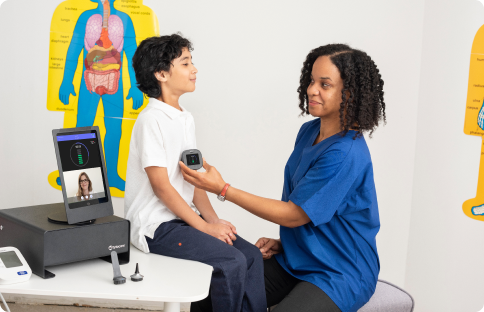
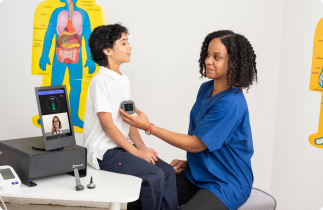
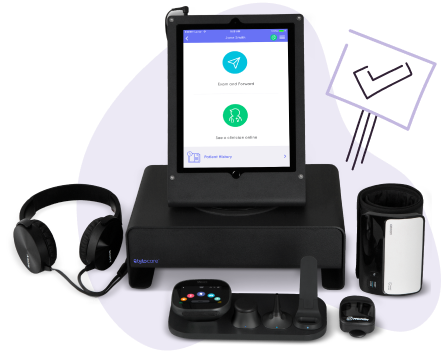

About the Pro Smart Clinic
The Pro Smart Clinic gives patients access to high-quality healthcare wherever they are – be it at school, at worksites, in rural areas, underserved areas, urgent care clinics, or in senior care facilities. TytoCare connects patients to clinicians by replicating the clinic experience with medical grade remote physical exams, for remote diagnoses across urgent, primary, and specialty care. Our solutions integrate into existing platforms and EMRs for faster implementation.
Met program goals and impacted business KPIs

Reducing ED burden
-
27%
of parents surveyed would have gone to the ED
-
45%
would have gone to an urgent care center

Better service to the community (save time for parents, get students back to class)


Better access to care, including:
-
62% new patients from school programs
Reaching more patients in their communities
-
36% of students who completed a visit didn’t have a PCP
Increasing access to primary care
-
44% on Medicaid and 33% uninsured
Reaching underserved communities

Cost savings compared to carts
Over 10x more coverage with TytoCare




Phase 1 – Initial rollout
The health system began their collaboration with TytoCare with an initial Pro Smart Clinic rollout limited to one or two school districts that had already experienced the previous form of telehealth carts. This allowed them to assess the reaction and willingness of districts to use the new TytoCare solution. The feedback from these initial deployments was overwhelmingly positive, leading to a broader implementation, starting with a rollout to 25 additional campuses.

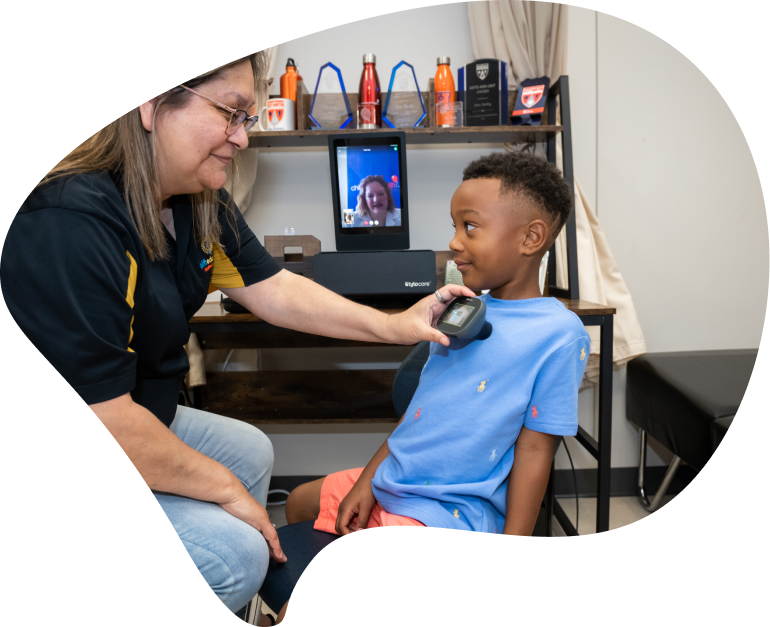
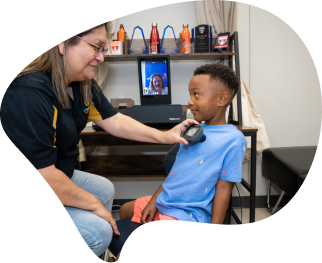
Phase 2 – Growth
The health system strategically managed the expansion of their TytoCare program, which included bringing on new school districts and exclusively deploying TytoCare’s Pro Smart Clinic to all of them. This ensured that all new districts started with the same telehealth solution and could avoid any confusion that could result from transitioning between systems.
The switch from traditional telehealth carts to TytoCare took approximately a year and a half, with larger districts and those with higher utilization rates being converted first. The more rural districts, which are known to have connectivity issues, were among the last to make the switch. This phased approach allowed the organization to oversee the rollout across a diverse range of districts and made sure each had the support and infrastructure they needed to integrate TytoCare into their healthcare services.
Additional considerations for school programs
Nurse engagement

A key factor in the effectiveness of school telehealth programs is the engagement of staff, particularly school nurses, which the health system discovered greatly varied in terms of enthusiasm and involvement. This resulted in a wide disparity in the amount of telehealth visits completed and the amount of participation in the program overall.
The health system took a tailored approach to understanding and addressing the differences present. Engaged nurses were identified and asked what aspects of the program they were drawn to. Those who were less engaged were asked why – factors such as increased perceived workload and a lack of direct rewards were considered.
The health system also worked to transform the telehealth program into something of benefit to nurses. To show that it was a useful asset rather than an extra burden, they demonstrated how it would lower the amount of unnecessary visits and help look after the health of many students. The organization also focused on the advantage of giving some of the diagnostic duties and liabilities back to healthcare professionals, thus lightening the load on nurses and allowing them to make more informed decisions about the students’ health.
The health system sought to boost involvement in their telehealth program using motivational techniques such as drawing raffles with rewards for nurses according to the number of telehealth visits conducted, highlighting nurses in newsletters, and giving out small tokens of gratitude. These schemes incentivized participation and fostered a feeling of unity and recognition among the nursing staff. The results were positive, leading to a higher level of engagement with the telehealth program and, therefore, enhanced efficiency and reach.
In addition, the health system provides ongoing education for nurses. This is built in as part of their continued education, and has taken place both virtually and in-person

A note on connectivity
The health system faced connectivity challenges, especially in rural districts, as it expanded its telehealth program. To address these challenges, the organization adopted a multifaceted approach. In some cases, the solution was to provide hotspots to enhance internet connectivity in areas with limited infrastructure. The organization’s IT team also worked closely with these districts, offering hands-on support to resolve issues related to guest Wi-Fi networks and other connectivity hurdles.




Enrollment and consent – a key factor in school programs
The health system has a reliable system for obtaining parental consent for their TytoCare telehealth program. Online, parents can enroll their children by filling out an easily accessible form on the organization’s website. The health system integrates consent forms and data collection requirements into the student registration process, quickly, accurately, and securely.
Expanding to more schools and increasing usage in existing schools
The health system is continuing to expand their TytoCare program, by leveraging the TytoCare Pro Smart Clinic in any new schools that join their programs, and increasing utilization in the schools that already have TytoCare deployed.

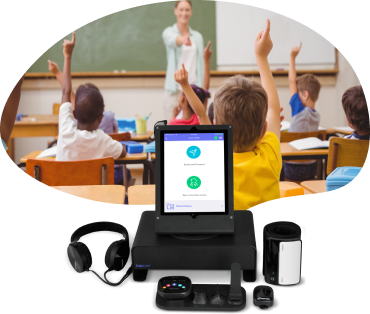
Read more about virtual care with TytoCare
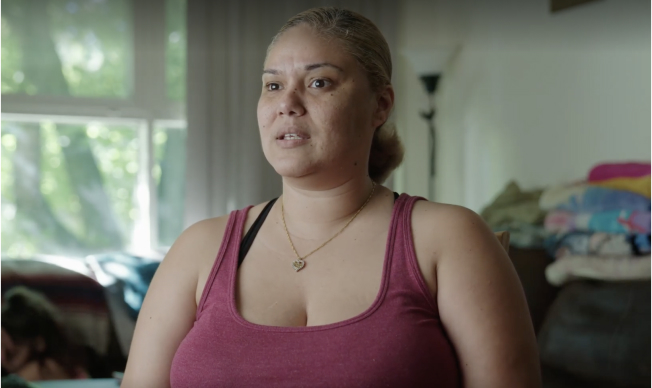

How Cone Health Supports the Community Through School-Based Telehealth
Dr. John Jenkins shares how providing healthcare at trusted sites, such as schools, supports the entire community. It improves access to care while keeping students in class and parents at work, and breaks down barriers to care, such as lack of reliable connectivity. Hear how school-based telehealth not only improves health outcomes, it improves academic […]
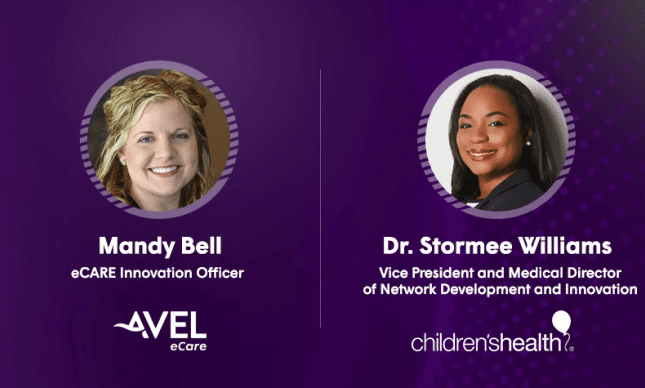
From School to Rural care: How to create effective, scalable telehealth programs
With the impact of COVID-19 still lingering, people are looking for ways to get back to their ‘normal’ lives. For healthcare, there’s no going back – the lessons we have learned over the last year are already being put into practice across the US to provide better healthcare for their constituents. This is particularly true […]



 Ear
Ear  Lungs
Lungs  Heart
Heart  Throat
Throat  Heart rate
Heart rate  Temperature
Temperature  Skin
Skin  Abdomen
Abdomen 
